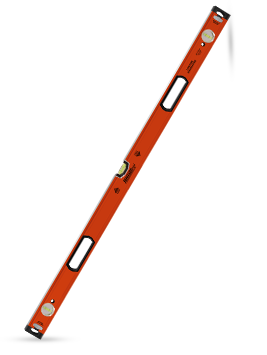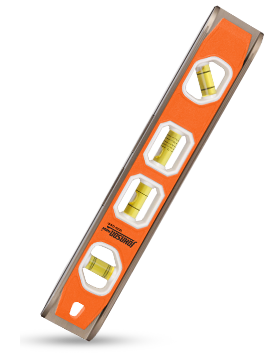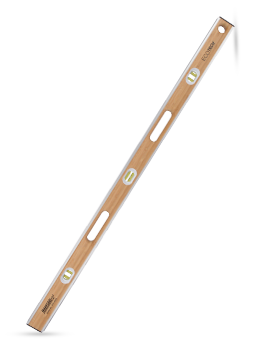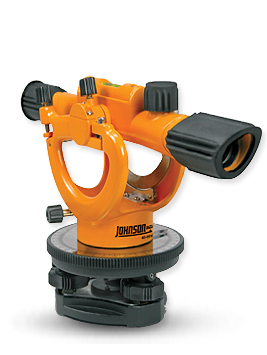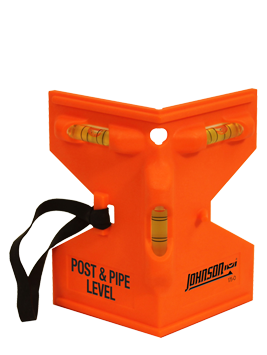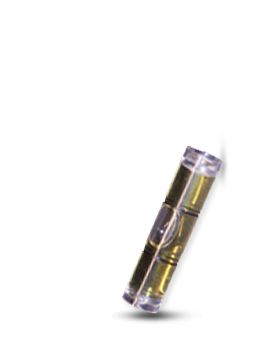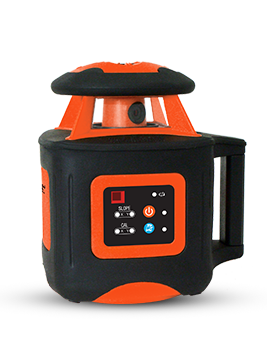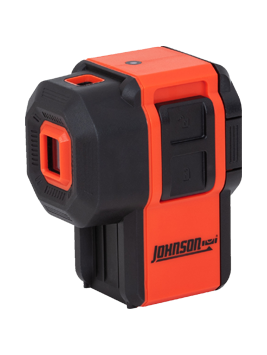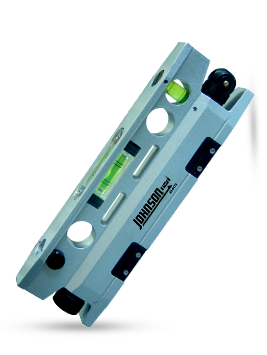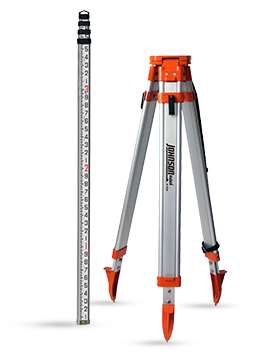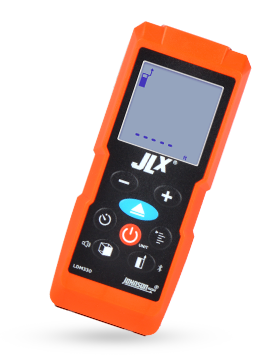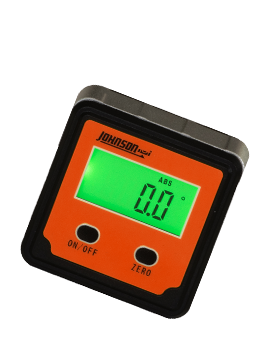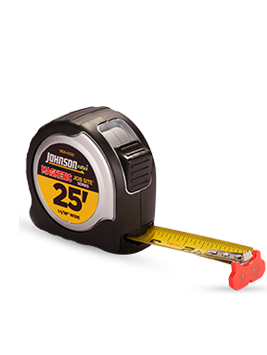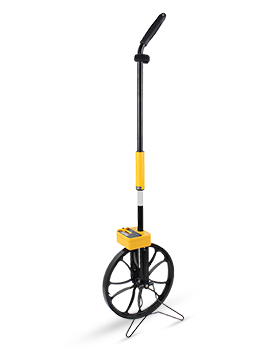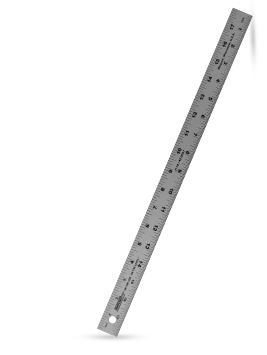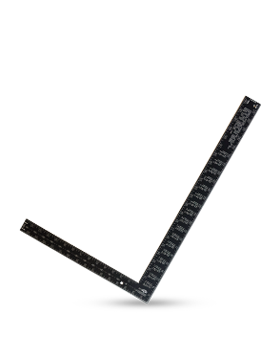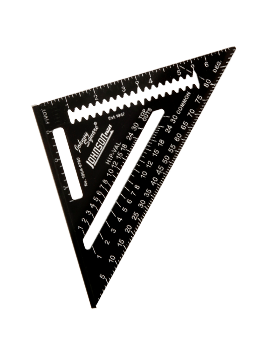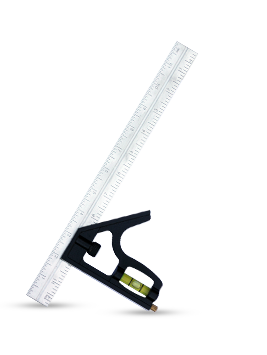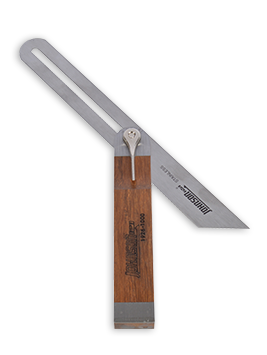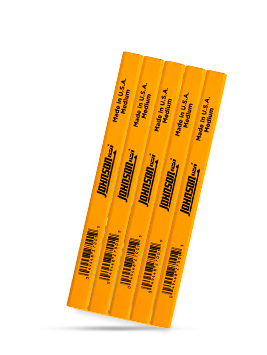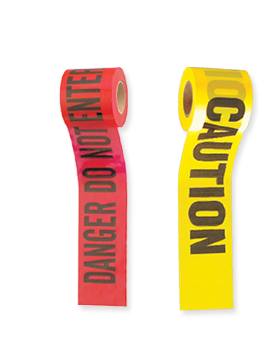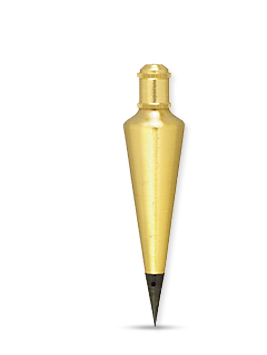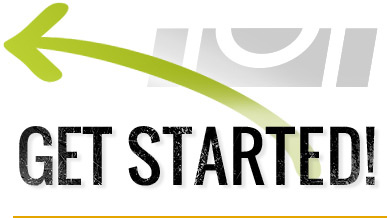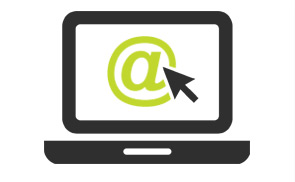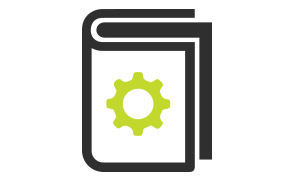Using Technology to Expand a Level's Accuracy Beyond Perception
Over 4,000 years ago, the ancient Egyptian version of a level was a string and weight hanging plumb from the center of a frame. And while the modern contractor evolved into using more accurate spirit levels, many are upgrading to higher-tech electronic measuring tools which find "level" with lasers, inclinometers and accelerometers. Although the accuracy differences between traditional levels and laser levels, digital levels or the popular bubble level application on your Droid or I-Phone, are now imperceptible to humans, it's not going to stop the convergence of new technologies into our traditional tools.
Simple as it was, Bronze Age Egyptian level technology worked, but the Industrial Age gave man the ability to use machines to make metal and plastic leveling tools to more exacting standards. In the twentieth century, the level was perfected with the spirit vial or bubble vial, with a glass body (now acrylic) and mineral spirit contents. This miniature level, when placed into a wood or metal frame from 9" to 96" creates a tool for the job site. The accuracy of spirit levels are typically less than or equal to the width of a human hair; an accuracy barely perceptible to humans. On many spirit levels found in stores today, level accuracy is stated as plus or minus 0.0005 inches per inch or 0.5 millimeters per meter. However, level accuracy on the job has always been limited by the ability of the human eye to see when the bubble is in the center of the vial.
Accurate as the Industrial Age spirit level is, the problem of a human's perception of "level" was solved by the Digital Age introduction of the laser level and the digital level.
Laser Level Technology
A quality laser level accuracy is plus or minus 1/16th of an inch (0.0625 inches) per 100 feet; 10 times greater than spirit level accuracy of over 1/2 of an inch (0.6 inches) per 100 feet. This level of accuracy, which cannot be perceived by the human eye, is achieved through a laser diode, which concentrates the energy created by charged particles into a single beam of light. Enhancing the accuracy further are self-leveling motors located inside the laser that continuously keep the laser beacon on "level". The benefits of using a laser level extend beyond just accuracy; laser levels allow for measuring level across much longer distances and can turn a two-person measuring job into one that can be done alone. Contractors' understanding of laser levels is growing and more and more are using them indoors and outdoors.
Over the last decade, technological improvements have already brought laser level costs down and expanded available features. For the professional user, ten years ago, the super-bright and highly visible green-beam laser levels were only found on high-end lasers which cost several thousand dollars, while today, you can find green lasers for under $1,000. On the high-end today, product features include GPS to determine exact positions for surveying and other construction. For the do-it-yourselfer, five years ago a manual leveling rotary laser cost under $100, while last year, a more accurate self-leveling cross-line laser was introduced to the market at sub-$100 pricing.
 As Moore's law dictates in microchip technology that capacity will double every 18-24 months, so too will we continue to see technological advancements which will lower prices and add features to lasers levels. Looking ahead ten years, more laser levels will be automatic and electronic self-leveling which means greater accuracy for the average homeowner at an affordable price. For the professional, we will see more combination rotary, line and dot laser levels and they will continue to be more accurate and have more functionality without the added cost. Features like green beams, dual slope operation, electronic beam shields, adjustable laser modes and variable rotation speeds will move to lower priced products.
As Moore's law dictates in microchip technology that capacity will double every 18-24 months, so too will we continue to see technological advancements which will lower prices and add features to lasers levels. Looking ahead ten years, more laser levels will be automatic and electronic self-leveling which means greater accuracy for the average homeowner at an affordable price. For the professional, we will see more combination rotary, line and dot laser levels and they will continue to be more accurate and have more functionality without the added cost. Features like green beams, dual slope operation, electronic beam shields, adjustable laser modes and variable rotation speeds will move to lower priced products.
Digital Level Technology
Although less accurate than a quality laser level, a quality digital level, which measures slope, has an accuracy of plus or minus 0.1 degrees when measuring horizontal and when a laser beam is attached, the accuracy can be plus or minus 1/4 inch (0.25 inches) per 100 feet; over 4 times more accurate than a spirit level. This level of accuracy, again imperceptible to humans, is achieved through either inclinometer or accelerometer technology to display "level" on an LCD screen within hundredths of a degree. Some digital levels, however, still retain the spirit level vial for those users who want the traditional approach to double-check their work. The cost of a quality digital level ranges between $150 and $250, with other versions under $100.
Because the cost of digital levels provide multiple increases in accuracy over a spirit level, albeit at multiple increases in price, many non-professionals are opting to download a digital level onto their smart phone/ cell phone for free. The Apple I-Phone and Motorola Droid both utilize accelerometer technology to react to changes in pitch, for horizontal, vertical and surface (flat) measurements. For each smart phone, a handful of free bubble level application programs are available. While the actual accuracy of this kind of digital level will depend on the accuracy of the placement of the accelerometer chip into the phone relative to the phone's frame, it's a fun tool and can come in handy for a quick reference.
In the future, there will be a continued convergence of digital technology into the spirit level, particularly as prices for digital technology come down. There will be more and more spirit level/digital level hybrids and $20 digital level expansion kits will be in every hardware store. Through Bluetooth (or next generation communication), digital levels will be interactive with other devices to store and calculate measurements. Even the way "level" is viewed could be impacted by wafer thin, bendable, digital displays which could wrap around a level vial, provide a digital readout and have a back-lit display to see "level" in the dark - a next generation of the patented glow-in-the-dark level vial.
As we move further into the Communication Age, where connectivity is everything, all cell phones will become smart phones, meaning miniature computing and communication devices on every job site and in every home. For the contractor, smart phones will be used not only for the quick reference of "level" through the free bubble level application or the augmented reality version of digitally seeing "level" through the phone's camera, both available today, they will be used as an integrated communication, calculation and purchasing tool to save the contractor time and money.
Since the dawn of man, we have been on a continual quest to improve our lives. Naturally, as we evolve, so do the tools we use and the way we use them. The convergence of technology and communication into traditional levels to provide quality and accuracy beyond perception has only begun. The ancient Egyptians would be jealous.
©2010 Johnson Level & Tool Mfg. Co., Inc.

